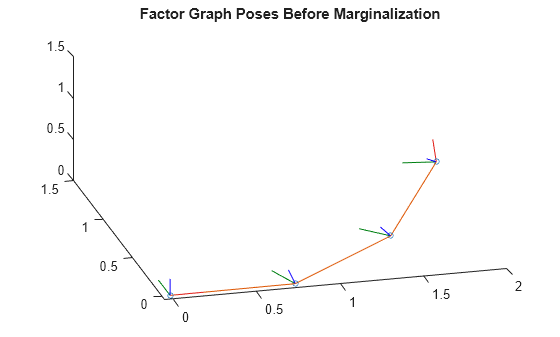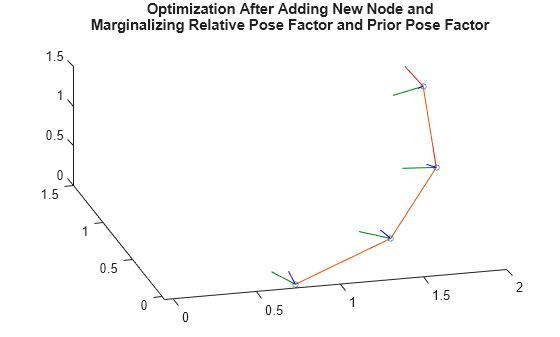marginalizeFactor
Syntax
Description
factorID = marginalizeFactor(fg,factorIDs)
[
optionally returns the IDs of any nodes that were removed by marginalizing the specified
factors.factorID,removedNodeIDs] = marginalizeFactor(fg,factorIDs)
Examples
Input Arguments
Output Arguments
Extended Capabilities
Version History
Introduced in R2025a

